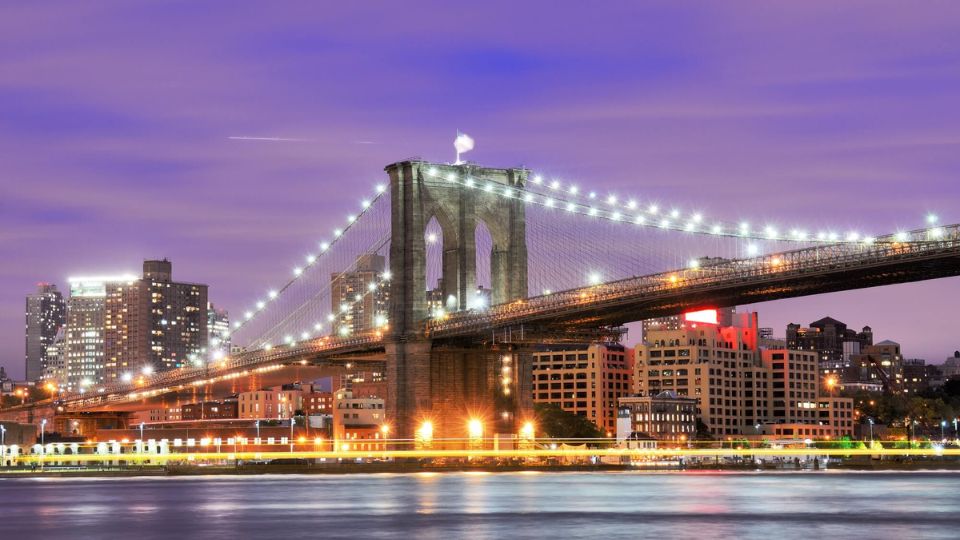The Brooklyn Bridge was built out of necessity, not for political reasons. The project was started with the admirable aim of offering fast and secure access for Brooklyn residents to the other boroughs. The blueprint was created by German-born engineer John Augustus Roebling, who faced challenges right from the beginning. Join me on a journey through the historical archives to discover fascinating facts about the Brooklyn Bridge.
Bribery Helped Secure Funding:
The Brooklyn Bridge was designed to make it easier for Brooklyn residents to travel to other boroughs. Yet, in order to kickstart this important initiative, politician William M. Tweed paid a bribe of up to $65,000. The true intention was to obtain $1.5 million in funding for building the bridge. He became a significant shareholder in the bridge stock and joined a committee overseeing finances. He diverted a significant amount of money from the project until he faced charges and was held accountable for his misconduct.
A Death Toll of 20 People:
One of the most significant events related to the Brooklyn Bridge was the story of its architect, John A. Roebling, who was originally from Germany. Back in 1969, before construction began, he was collecting readings when he slipped and got caught between pilings and a boat. He received treatment at the hospital for a few days, during which his toes were amputated to control tetanus. Unfortunately, he passed away shortly after.
Additional fatalities occurred during the construction phase as workers fell from the 276-foot-high towers or succumbed to various illnesses. While there is no official data on the total number of deaths, it is estimated to be between 20 and 30 individuals. Various injuries, both major and minor, were distinct from those.
The Longest Suspension Bridge in the World at that Time:
Incidents in the 19th century included the failure of certain suspension bridges, leading to a decline in popularity of this style. Yet, the architect of the Brooklyn Bridge identified the issues and devised a solution by incorporating a web truss. In the 1850s, he constructed four bridges. His most significant undertaking was the construction of the Brooklyn Bridge. The bridge held the record for being the longest until the Williamsburg Bridge was built nearby in 1903.
Also Read: Exploring the Famous Nicknames of NYC Till Now
An Impressive Opening Ceremony:
The bridge became accessible to the public on May 24, 1883. The day was anything but ordinary and dull as it marked the inauguration of the world’s longest suspension bridge. A large crowd assembled at the location, with The New York Times calling it a festive occasion. Government officials such as the governor and president strolled across the bridge accompanied by a military band. Canon fires marked the end of the celebrations as they crossed the bridge. Fireworks illuminated the sky for nearly an hour. Public figures delivered lengthy speeches and were then hosted at a reception.
Wine storage under the bridge:
Engineers designed the structure to include compartments under the bridge for storing wine. It specified the ideal temperature needed to enhance the wine’s flavor.
Brooklyn existed as an independent city during the time of construction.
When the decision was made to build the bridge, Brooklyn was not yet a part of New York City. It existed as an independent city until 1898 when a referendum was held, resulting in 277 votes in favor of merging with another city. Prior to that, Brooklyn ranked as the fourth largest city with high-quality education and a strong employment rate



Leave a Reply